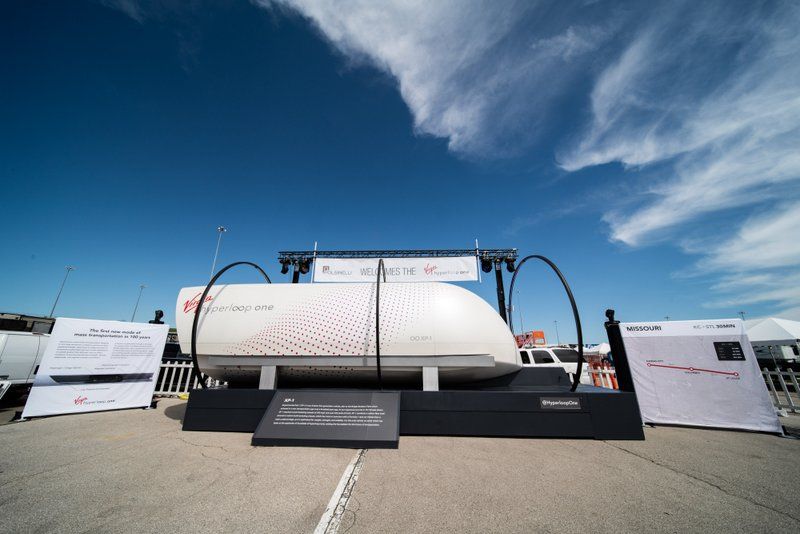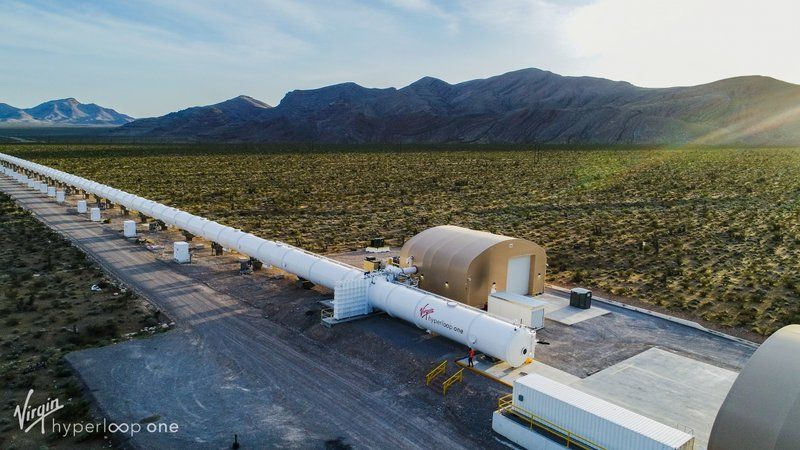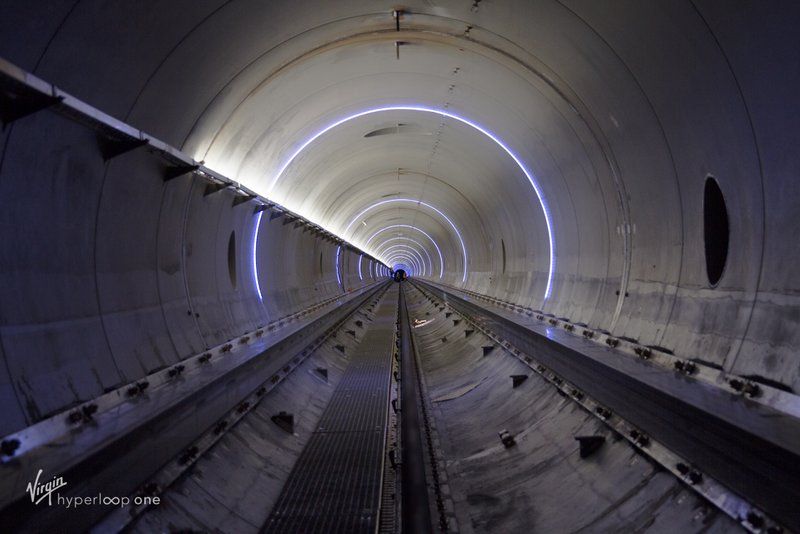Last-Minute NYC Holiday Gift Guide 🎁
We’ve created a holiday gift guide with presents for the intrepid New Yorker that should arrive just in time—


From 3:30 to 5 PM today, Virgin’s Hyperloop One pod will be on display to the public at Rockefeller Center for Climate Week on its roadshow across the United States, following the company’s groundbreaking successful test of the transportation technology in the Nevada desert in 2017. It is the first company to do this at scale, in an event the company calls its “Kitty Hawk moment,” integrating “all of the components of a hyperloop including a highly efficient motor, power electronics, magnetic levitation, vacuum pumping systems, and an aerodynamic vehicle as a single unified system.” The pod on display is an actual XP-1 test pod in use on Virgin’s test track. It ran at 240 miles per hour on 550 yards of track.

Photo courtesy Virgin Hyperloop One
If applied at a city and nationwide scale, Hyperloop technology is projected to be able to transport people and goods at almost 700 miles per hour, in depressurized tubes through magnetic levitation, bringing to life pneumatic technology popularized in the 19th and 20th centuries. One famous example is Alfred Ely Beach’s one-block subway below Broadway from Warren Street to Murray Street, which ran from 1870 to 1873. It was a popular curiosity with 400,000 rides in the first year of operation, but never was able to scale due to political pressure from Tammany Hall. Pneumatic tube technology was also used underground to transport mail and can still be seen in buildings like B&H and the NYPL Main Branch.

Photo courtesy Virgin Hyperloop One

Photo courtesy Virgin Hyperloop One
According to the company, the Hyperloop “will carry more people than a subway, at airline speeds and with zero direct emissions — 5-10 times as energy-efficient as an airplane and faster than high-speed rail, using less energy. By linking cities like metro stops, it will transform how we live and allow for the tectonic land use shifts needed to address climate.” An actual implementation plan is in the works in partnership with the Indian government of Maharashtra for a route between Pune and Mumbai. On the display outside the pod at Rockefeller Center, you can discover how long it will take to get between points of interest — 27 minutes between New York City and Washington D.C. for example.

The test track in Nevada

Inside the tube. Photo courtesy Virgin Hyperloop One
Although you won’t be able to enter the pod, since it’s an actual test sample, there will be a variety of programming and information surrounding the pod, including STEM presentations for K-12 students. Come check it out!
Next, check out the Top 10 Secrets of Rockefeller Center.
Subscribe to our newsletter